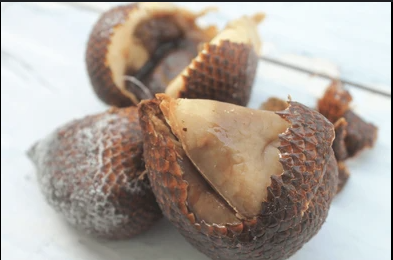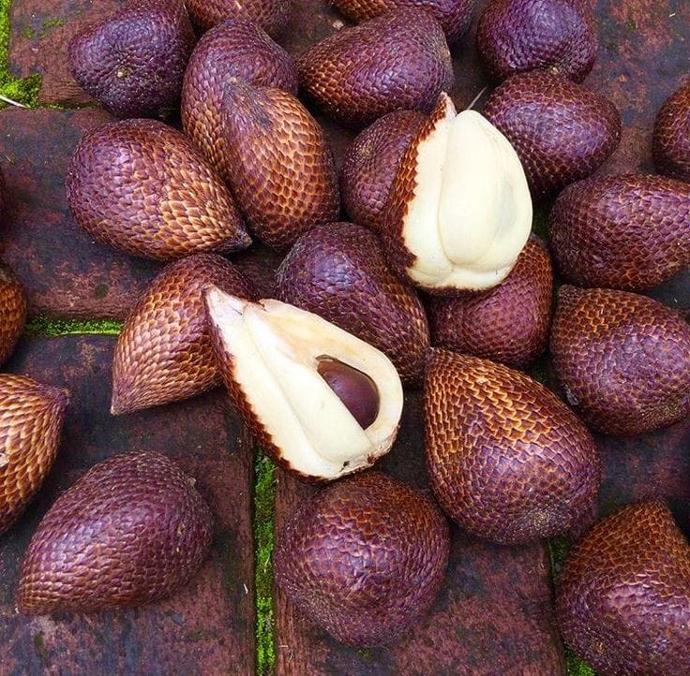Salak
Salak, a perennial, thrives in well-drained, sandy-loam soil and partial shade to full sun. It's frost-sensitive and prefers moist conditions.

Habit
Perennial
Height
2-7 m
Growth
Fast
Soil
Well Drained, Sandy-loam
Shade
Partial Shade to Full Sun
Moisture
Moist
Edible
Yes
Medicinal
Yes
Origin
Indonesia
Climatic Condition
Tropical, Humid
Temperature (°)
20-35°C
Humidity (%)
60-90%
Potting media
Peat, compost
Fertilizers
Organic, NPK-rich
Watering
Regular
Plant Weight
80-150 g
Flowering Time
Year-round
Soil Ph level
5.5 - 6.5
Water Ph level
5.5 - 6.5
Soil EC
1-2 dS/m
Yield Per Plant
10-15 kg/tree
NPK ratio
10:20:20
life Span
10-25 years
Health Benefits
High in fiber, aids digestion
Suggested Grow Media or Potting Mix ?
50% loam, 25% compost, 25% sand
Suggested Fertigation/Fertilizers
Fertilize every 6 weeks with a balanced fertilizer.
Common Diseases and Remedies
Anthracnose, Powdery mildew, Leaf spot.
anthracnose are small, circular, water‑soaked lesions on both young and old leaves. Lesions later enlarge, turn brown to tan in color, and become thin and papery.
Crop rotation, neem cake as soil amendment
The most effective fungicides for control are the protective fungicides containing chlorothalonil
HEALTH BENEFITS
1. High in beta-carotene, fiber, and vitamin C.
2. Good for eye health, digestion, and boosting immunity.
What Is An Salak Plant?
Salak is a palm tree native to the Indonesian islands of Java and Sumatra. It is grown as a food crop in other parts of Indonesia and is reportedly naturalized in Bali, Lombok, Timor, Maluku and Sulawesi.
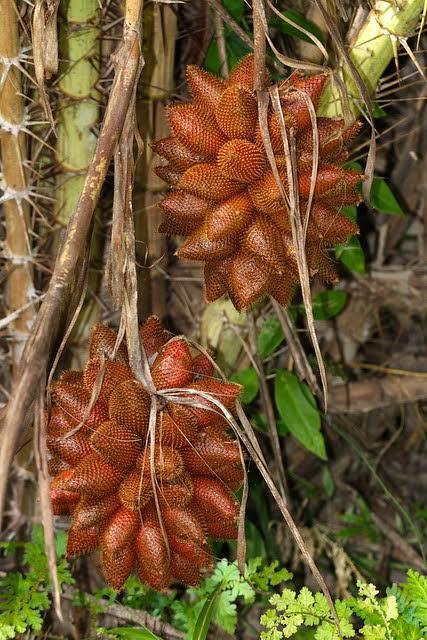
What Are The Different Types Of Salak Plants?
1. Salak Bali
Salak Bali has more than 15 varieties with flavors such as sweet as sugar (Salak Gula Pasir), sweet and sour as orange (Salak Getih) and sour as pineapple (Salak Nanas). The fruit is the size of a fig and has a crisp and moist texture.
2. Salacca wallichiana
A relative of Salacca, with short and compact edible fruits. It is native to southern Sumatra and southwestern Java and is common in Southeast Asian countries such as Malaysia, Thailand and Myanmar.
3. Salacca zalacca
Salacca fruit, also known as snake fruit, grows on the palm tree called salak. It is also called "fruit-bearer" because of its red-brown scaly bark.
4. Palm
A palm tree whose fruits grow in clusters at the base of the plant. Salak fruit is sometimes called snake fruit because of its brown, scaly skin.
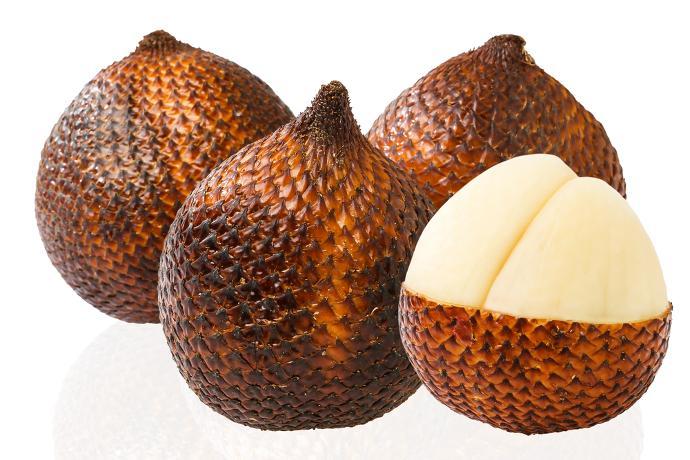
1. Location
Salak (Salacca zalacca) is a palm tree (Betelaceae) native to the Indonesian islands of Java and Sumatra. It is grown as a food crop in other parts of Indonesia and is reportedly naturalized in Bali, Lombok, Timor, Maluku and Sulawesi.
2. Sunlight
The optimum temperature for the growth of Salak plant is 20°C to 30°C and the average rainfall (200 to 400) is month-1 (Nuary et al., 2019). Soil organic carbon content of 6 plantations was in the medium to high range.
3. Soil
It grows best in areas where the daily temperature is between 22 - 30 °C and requires deep, fertile, moist soil and some shade. It prefers consistent soil.
4. Hydration
Should be watered regularly to prevent the soil from drying out. It grows best in areas where daily temperatures are in the range of 22-30°C and requires deep, fertile, moist soil and some shade. It prefers consistent soil.
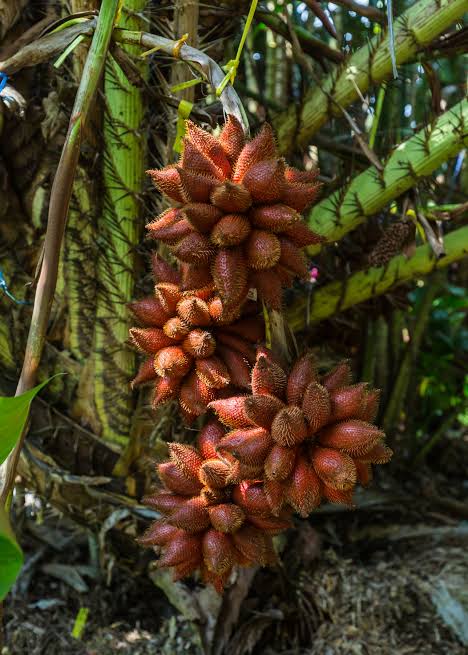
5. Nourishment
Fertilization Micronutrients such as boron are generally supplied from the leaves or modified before being delivered to the roots. In this study, boron was given as a solution in the salak root plant. Dissolved boron is absorbed by plants.
6. Issues
Insufficient or too much sunlight can cause growth problems. Salak palms thrive in full sun but can also tolerate partial shade. However, when planted indoors in winter, they are often placed in rooms that do not receive enough light, indicating signs of insufficient light.
7. What are the benefits of salak plant ?
Salak is rich in potassium and makes the heart healthy. Many antioxidants and nutrients can regulate cardiovascular function and help regulate body fluids. Sarlacc is also known as the "memory fruit" because it supports memory.
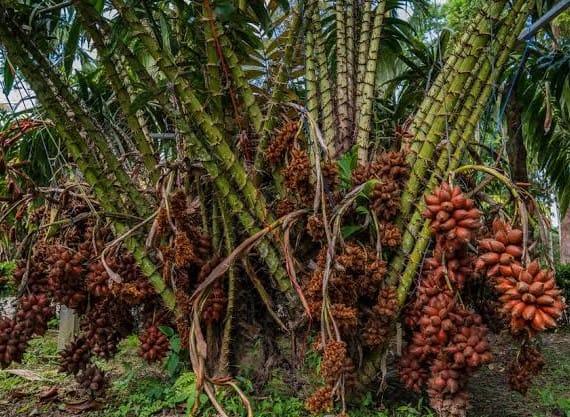
FAQs About Growing Salak
1. What are the benefits of fruit salak?
In general, it is safe to consume fruits in moderation. However, since these fruits are rich in fiber, some people may experience digestive problems when they consume too much fruit. Symptoms such as constipation, bloating, and gas may indicate that too much sugar is consumed.
2. How is salak eaten?
The pulp is usually eaten raw, but is also used to make wine, juice and desserts. Most types of sallac are astringent and should be used for that purpose. Each leaf has a thin film around it that, when peeled, can remove some of the astringency.
3. Why is salak called snake fruit?
The fruit grows from the base of the palm and is also called snake fruit because its skin is red-brown and scaly. The fruit is similar in size and shape to a ripe berry and has a crisp, moist consistency.
4. What does Salak taste like?
Salak has a warm, sweet and tangy taste similar to pineapple, jackfruit and durian. Salak's texture and taste vary depending on many factors; for example, idiot Bali is soft, moist and crunchy; Silly pooh, on the other hand, is super smelly, dry and crunchy.
5. What vitamins does Salak fruit contain?
Salak provides plenty of iron, vitamin B2, vitamin C, carbohydrates, calcium, phosphorus and dietary fiber. Additionally, salak fruit contains five times more beta-carotene than bananas, mangoes and guavas.
